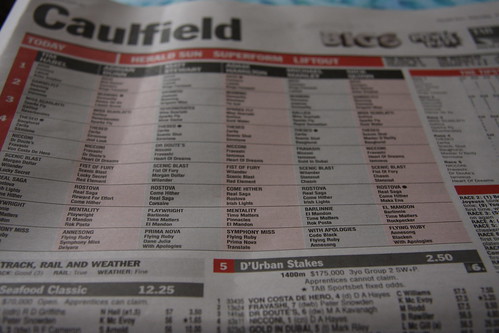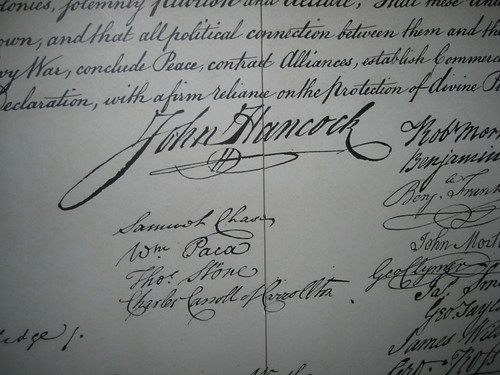Ogilvie Calculations Made Simple, II

DOWNLOAD THE MATHEMATICAL PROOF AS A PDF!
A little while ago William S. Morris, an Applicant’s attorney, told me that the Ogilvie adjustment calculation could be further simplified. ((Photo courtesy of Dahveed76)) He suggested the following ((I’m paraphrasing here)) :
- Earnings Loss ((PIESSE = Post Injury Earnings of Similarly Situated Employees)) ((PIEA = Post Injury Earnings of Applicant))
- L = (PIESSE – PIEA) / PIESSE
- Individualized Proportional Earnings Loss
- = (WPI / L) / 100
- DFEC Adjustment Factor
- = ([1.81/a] * .1) + 1
- = ( (1.81 * .1)/a) + 1
- = (.181/a) + 1
- = 1 + (.181/a)
- Ogilvie DFEC Adjusted Rating
- = WPI * DFEC Adjustment Factor
- = WPI * (1 + (.181/a) )
- = WPI * (1 + (.181 / Individualized Proportional Earnings Loss) )
- = WPI * (1 + (.181 / ( (WPI / L) / 100) ) )
- = WPI * (1 + (18.1 / ( (WPI / L) ) )
- = WPI * (1 + (18.1 * (L/WPI) ) )
- = WPI + (18.1 * L)
- Conclusion
- If the injured workers’ individualized proportional earnings loss is outside all of the FEC ranks, you may calculate the Ogilvie adjustment by adding (18.1*Earnings Loss) to the WPI.
The only flaw with the proofs offered by William and myself is that they are too exact. The WCAB in Ogilvie never sets forth the exact process for performing the Ogilvie adjustment calculation – so the only official method involves rounding to different significant figures at different places. Thus, a calculation performed in strict accordance with the WCAB in Ogilvie and through one of these mathematical proofs would differ very slightly.
What do you think? Leave a comment or drop me a line.



